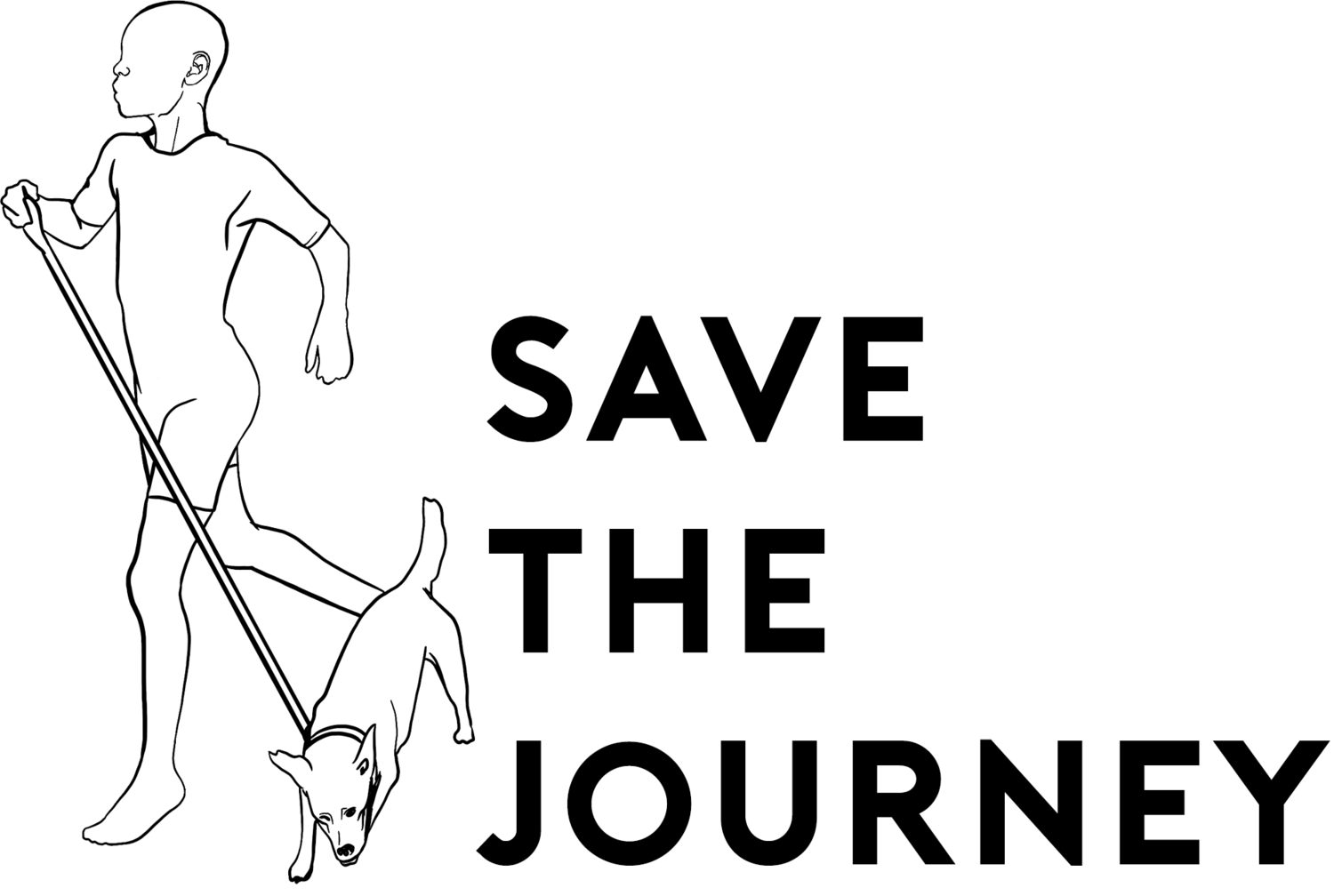A sorta Yongnuo 560IV and Yongnuo 560-TX review
This is how I dramatically improved my photography in one word; flashes.
For many years I was put off by the complexity of them. It seemed so difficult to get the right exposure, nevermind figuring out how to make your subject look good at the same time! I felt like I had enough on my plate with merely taking a photo in available light.
If I had know that shortly after buying my first proper flash set up I would take the following portrait, I would’ve bought them way sooner!
Initially I had bought some Nissin flash, purely to use for my regular job at the time. I was the house photographer for BDSM and Vicarstown in Cork city. I was taking all of their event photos and regularly photographing there every Friday and Saturday night. It was a fun job and I took pride in taking more than just your average club photo. I really got people involved!





I digress – the Nissin flash was purely placed into the hotshoe of the camera and never used in any other capacity.
Cue the Yongnuo flashes. I bought two Yongnuo 560IV flashes and a Yongnuo 560-TX trigger module. This is when my own personal revolution started. No longer bound to the confines of the hotshoe. The flashes were given the freedom to wander wherever I decided to place them. Softboxes soon followed in various sizes. I felt invincible! No longer victim to the available light, or bad weather. Now I could photograph anywhere, at anytime. I would become Cork’s best photographer!
- Breathe -
It all was, and still is, very exciting. I’ve used this setup for over 4 years now and won’t be changing it any time soon.
This is the Yongnuo YN560 TX.
The trigger module slides onto the hotshoe of any camera make, analog or digital, medium format or APS-C. Anything. It doesn’t merely trigger the flashes wirelessly, but also controls their intensity and zoom. No running back and forth from camera to flashes. It’s fantastic!
The flashes are fully manual, so no TTL or autoexposure. But using digital cameras has demystified this whole process. Just set the exposure to what you think it might be, take a photo and see the result. Then, adjust accordingly. With some practice, I’ve gotten remarkably accurate results just by using guesswork.
I really enjoy how reliable they are. Once they’ve been synced up to each other, it never has to be done again. They haven’t lost connection once in the time I’ve owned them. As soon as the trigger and flash are switched on, they immediately work with each other. I really appreciate that they are so dependable.
As a rough guideline, here is a basic breakdown of the different looks:
High intensity.
I used the flash at very high intensity, probably full power. You can tell by the high contrast in the face. The background is also quite dark, almost pitch black. This is a method I love to use. If the flash is really bright, the existing light will seem much darker in comparison. Since you’re exposing on the bright subject, the background just disappears into black. Very handy.
Low intensity.
In this photo I did the exact opposite. The flash is set to a low intensity, just to brighten the face a little and make her hair shine. I am using the ambient light to brighten up the background. This results in a low contrast photo where a lot details remain perfectly visible.
Creative colours.
I used one large soft box to illuminate the subject and background, and then used the two flashes with colour gels, merely to highlight her hair in different colours.
Unorthodox.
The most unusual flash set up and location can be found with this portrait. Taken in an alleyway at night, I placed the flash behind the subject and pointed it straight into the lens, at about a 30° downward angle.
Natural.
The previous examples all highlight (pun intended) the use of flashes in a very obvious manner. But how about using it more naturally. Would you have guessed that a flash was used in the following two portrait photos?
I find it incredible how varied these photos all are, eventhough it’s the exact same flashes and trigger in each photo. It really goes to show how creative one can be with the lighting.
I have a small regret that I didn’t start using them earlier, but having said that, it all happened at the right time. Anything earlier would have been rushing it.
As a last piece of advice, if you have flashes already or are buying some that need AA batteries, the Duracell 2500mAh rechargeables are a game changer! They don’t just allow for a high amount of flash pops and a quick recycling time, but also don’t fade with building internal heat. Do check out Improve Photography’s AA test. They did an excellent job on comparing several brands.
If you enjoyed these flash photos, do have a look at this post where I photographed a boxing club, here in Cork city, using flashes. Or check out Alex, who featured above with his drum, on his shamanic charm. His portrait session was taken at the Lee Fields in Cork. Or check out more reviews here.
And if you would like to book a portrait or family photo shoot in Cork city, contact me here for bookings.








